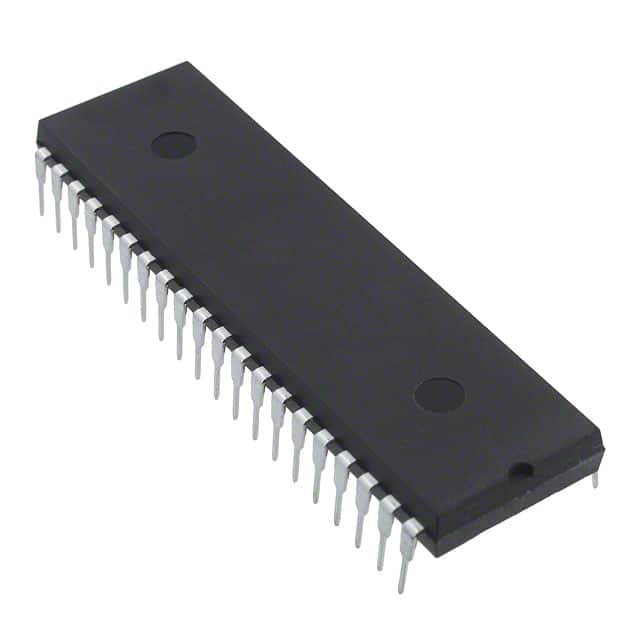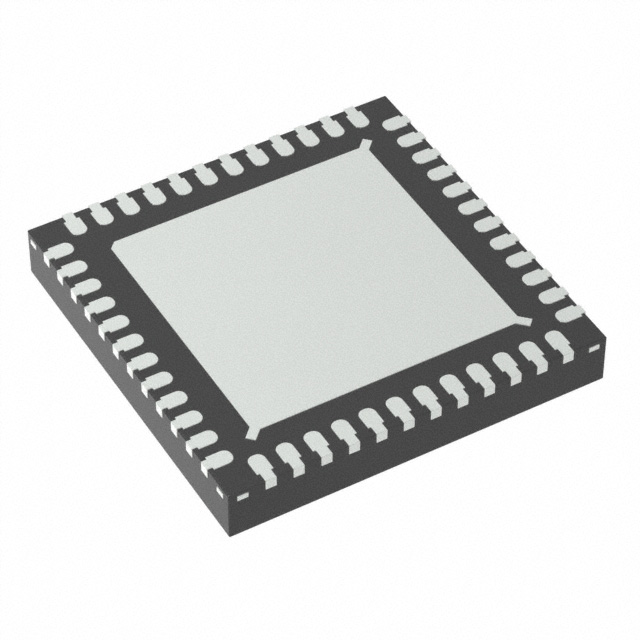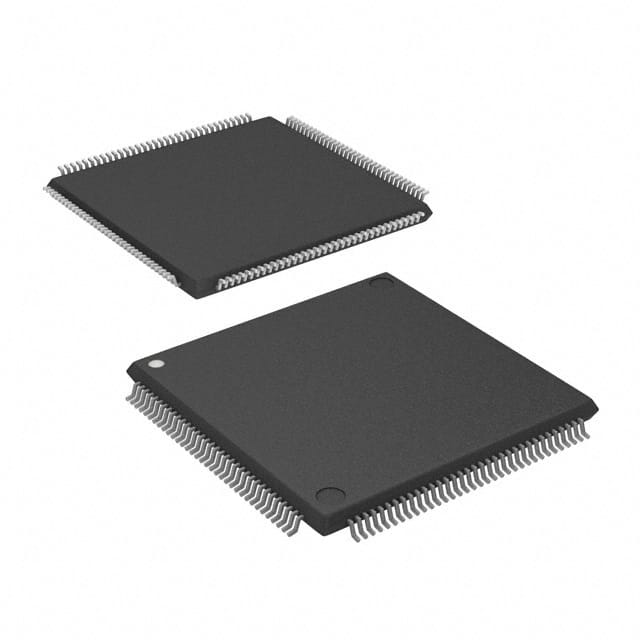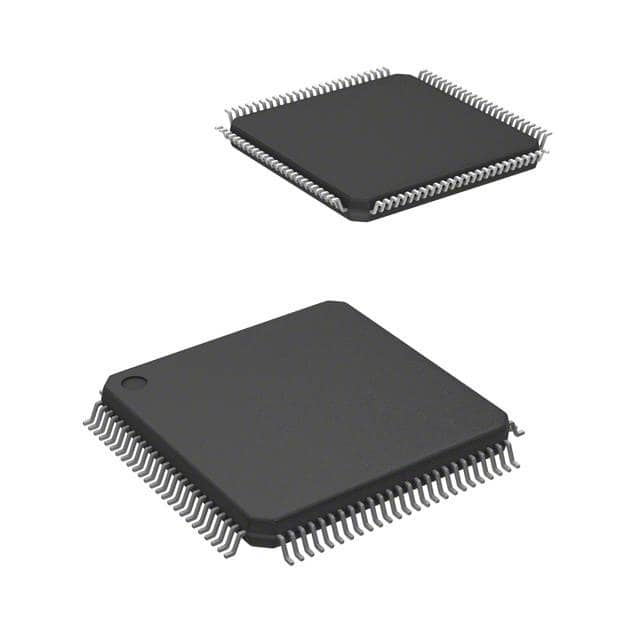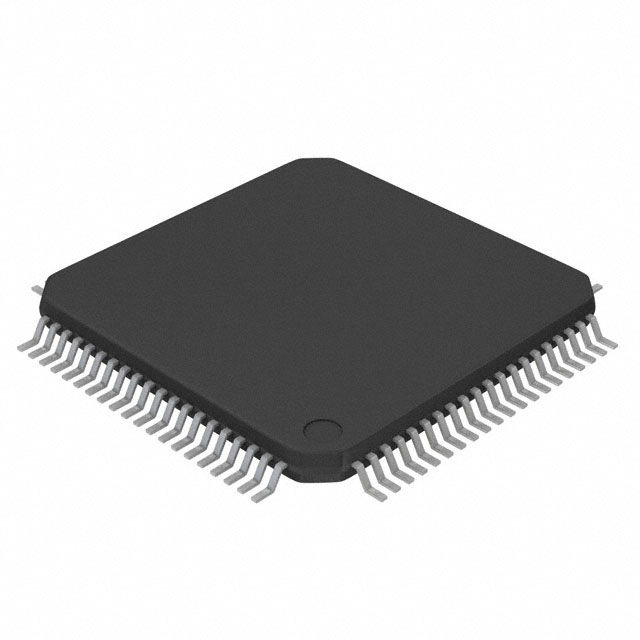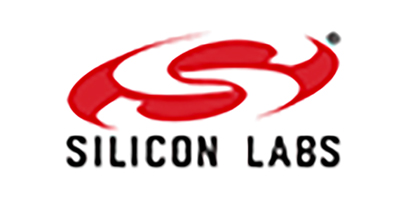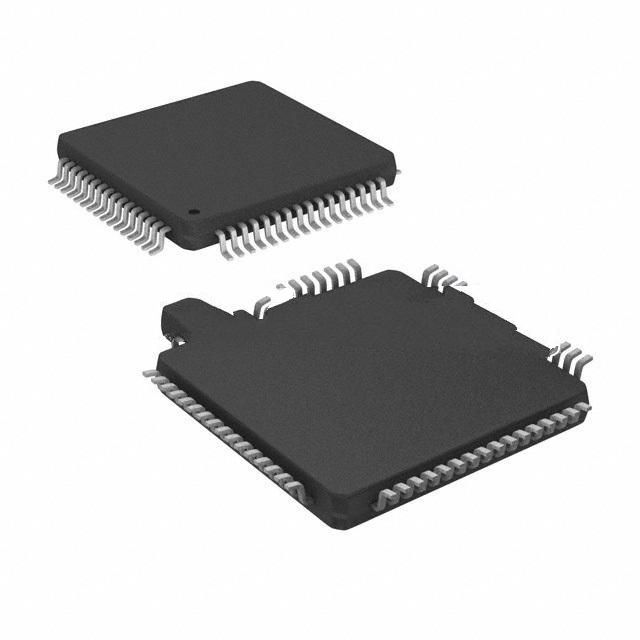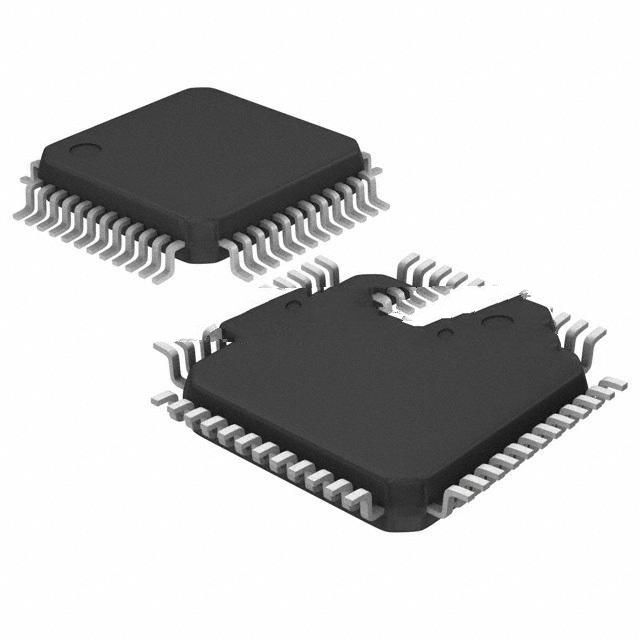SIM3U144-B-GMR Product Introduction:
Silicon Labs Part Number SIM3U144-B-GMR(Embedded - Microcontrollers), developed and manufactured by Silicon Labs, distributed globally by Jinftry. We distribute various electronic components from world-renowned brands and provide one-stop services, making us a trusted global electronic component distributor.
SIM3U144-B-GMR is one of the part numbers distributed by Jinftry, and you can learn about its specifications/configurations, package/case, Datasheet, and other information here. Electronic components are affected by supply and demand, and prices fluctuate frequently. If you have a demand, please do not hesitate to send us an RFQ or email us immediately sales@jinftry.com Please inquire about the real-time unit price, Data Code, Lead time, payment terms, and any other information you would like to know. We will do our best to provide you with a quotation and reply as soon as possible.
Introducing the Silicon Labs SIM3U144-B-GMR, a cutting-edge solution designed to revolutionize the world of wireless communication. This highly advanced module offers a wide range of features and capabilities, making it the perfect choice for a variety of applications.
The SIM3U144-B-GMR is equipped with a powerful ARM Cortex-M3 processor, ensuring fast and efficient data processing. With its integrated RF transceiver, this module supports multiple wireless protocols, including Bluetooth Low Energy (BLE) and Zigbee, providing seamless connectivity options.
One of the standout features of the SIM3U144-B-GMR is its ultra-low power consumption, making it ideal for battery-powered devices. This module also boasts an extended operating temperature range, ensuring reliable performance even in harsh environments.
The SIM3U144-B-GMR is highly versatile and can be used in a wide range of applications. It is particularly well-suited for smart home automation systems, industrial monitoring and control, and wireless sensor networks. Its compact size and easy integration make it a popular choice for IoT devices, enabling seamless connectivity and data transfer.
With its exceptional performance, low power consumption, and wide range of applications, the Silicon Labs SIM3U144-B-GMR is the ultimate solution for wireless communication needs. Experience the future of connectivity with this groundbreaking module.
Microcontroller is a kind of single chip micro controller, it is an integrated circuit (IC) used to central processing unit (CPU), read-only memory (ROM), random access memory (RAM), input/output (I/O) ports and timer and serial communication interface and other peripheral equipment. The main role of the microcontroller is as a control unit, responsible for receiving input signals, processing data, executing instructions and generating output control signals. Its function in the electronic system is similar to that of the brain, which can respond accordingly to programmed instructions and changes in the external environment.
Application
Microcontroller application field is extremely wide, almost covers all aspects of modern science and technology. In the field of industrial automation, microcontrollers are used for motor control, sensor data acquisition and automation equipment control, significantly improving production efficiency and product quality. In the field of smart home, smart door locks, smart lighting, smart home appliances and other equipment can not be separated from the support of microcontrollers, to achieve remote control and automatic management of equipment. In addition, microcontrollers are also widely used in the Internet of Things, automotive electronics, consumer electronics, medical equipment and other fields, becoming an important force to promote scientific and technological progress.
FAQ about Embedded - Microcontrollers
-
1. What is an embedded microcontroller?
An embedded microcontroller is a device that integrates an entire computer system into a single chip. It usually includes functional modules such as a central processing unit, memory, input and output ports, and timers, all of which are integrated on a single chip. This design enables embedded microcontrollers to perform specific tasks with high flexibility and efficiency.
The main features of embedded microcontrollers include:
Highly integrated: multiple functions such as CPU, memory, and I/O interface are integrated on a single chip, reducing the number of components and system volume.
Strong specialization: Optimized for specific application scenarios, providing a specific combination of processing power, memory, and input and output interfaces.
Efficient and reliable: The integrated design makes the system more stable and reliable, reducing the connection of external components and signal interference.
High flexibility: According to different application requirements, embedded microcontrollers can have multiple derivative products, each with the same processor core, but different memory and peripheral configurations to adapt to different application scenarios.
-
2. Is Arduino an embedded microcontroller?
Arduino is an embedded microcontroller platform based on open source hardware and software. It contains a microcontroller (MCU) and related modules that can interact with the external environment through hardware and software. The core board of Arduino consists of a microcontroller and related modules, with basic input and output connections and multiple communication interfaces, including serial ports, SPI and TWI, etc., which can communicate and transfer data with other devices.
Features of Arduino include:
Development environment: Arduino comes with a software development environment that can be programmed in C and C++ languages.
Libraries and functions: It has a rich hardware library and functions for rapid development.
Low cost: It is suitable for hardware development such as sensors, simple robots, thermostats and motion detectors, with low cost and simple operation.
Wide application: It is commonly used in projects such as IoT products, automation control and robots.
Compared with other microcontroller platforms, the advantage of Arduino is its simple and easy-to-use hardware and software tools, which enable electronic enthusiasts and general users to quickly realize various application projects.
-
3. What is the difference between Arduino and Embedded C?
The main differences between Arduino and Embedded C are their application scenarios, development difficulty and hardware design. Arduino is more suitable for rapid prototyping and teaching, while Embedded C is suitable for scenarios that require high performance and professional applications.
Arduino is an open source hardware platform mainly used for rapid prototyping and teaching. It uses high-level programming languages such as C++ and provides an easy-to-use development environment, allowing beginners to quickly get started and implement projects. In contrast, embedded C is often used in high-performance and professional application scenarios, such as industrial control, automotive electronics and other fields. Embedded C programming usually involves low-level hardware knowledge and more complex programming skills. The language used may be C or C++, but memory and hardware resources need to be managed manually.
 Lead free / RoHS Compliant
Lead free / RoHS Compliant











